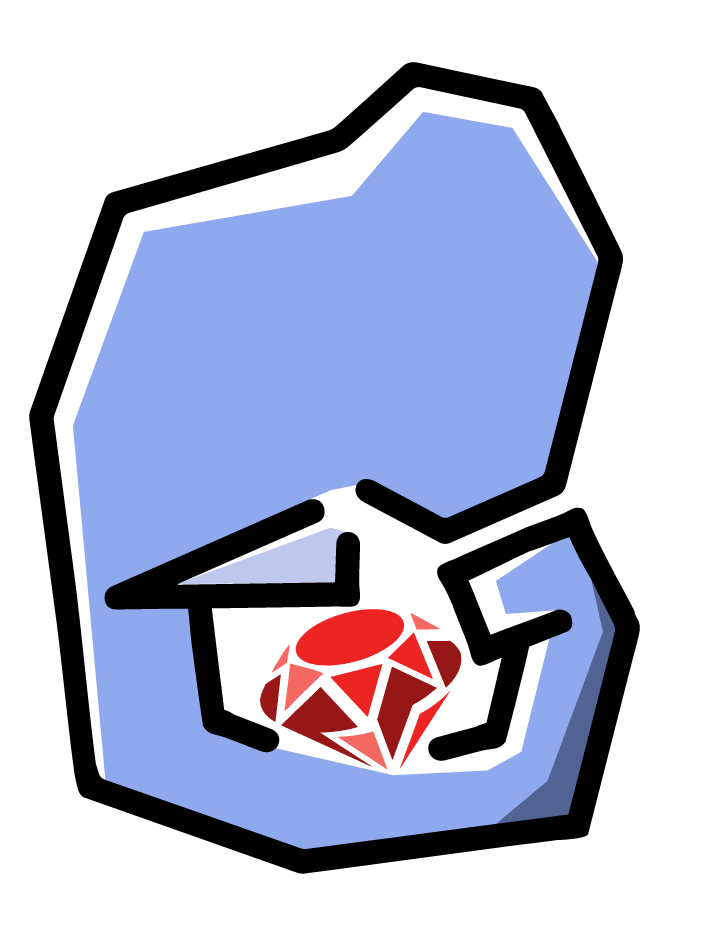Ruby History and Philosophy
Ruby’s origins come from Japan. It was developed in the 1990’s by programmer Yukihiro Matsumoto. He’s also known as “Matz” for short in Ruby circles.
Ruby’s name partially comes from another popular language - Perl.
Matz’s philosophy is a different take than the origins of most computer languages. Ruby’s focus is not on efficency or showing the programmer the “one way” to do things. Instead, Matz chose to form Ruby to human needs, not to the computer.
Ruby’s philosophy of “developer happiness first” is easy to see as you use the language to solve problems and build applications. Matz built the first versions of Ruby to the principle of least surprise.
Once you learn the basics of interacting with Objects in Ruby, there will be very few times you’ll need to look up simple signatures in the Ruby documentation. It’s a very intuitive language.
Enter Ruby on Rails
Ruby was arguably not a mainstream language in America until 2003 when programmer Daniel Heinemeier Hansson (known has DHH for short) released a famous video building a blog in 3 mintues with his new framework - Ruby on Rails.
At the time there weren’t many web “frameworks” that presented such a cohesive set of components around the Model (a.k.a. Database Abstraction), Controller (Application Logic) and the View layers.
Ruby on Rails brought a new gold standard to web application development. By shipping with prepackaged opinions on how to name database tables, to how to name view templates - it took the guesswork out of development.
Instead of deciding standards in-house and “reinventing the wheel” which each new project, instead Ruby on Rails allowed developers to work together under common presumptions about how to build a feature.
The “Rails” part of Ruby on Rails was that the framework’s opinions would give common ground to users of the framework. As a result, Ruby on Rails has a thiriving ecosystem of documentation, tools and most important - a large community of developers.
Over 10 years later, Ruby on Rails developers are still in high demand in America. Arguably it’s the most popular MVC (Model, View, Controller) framework ever - even though Ruby is not in the top 5 languages in use today.
